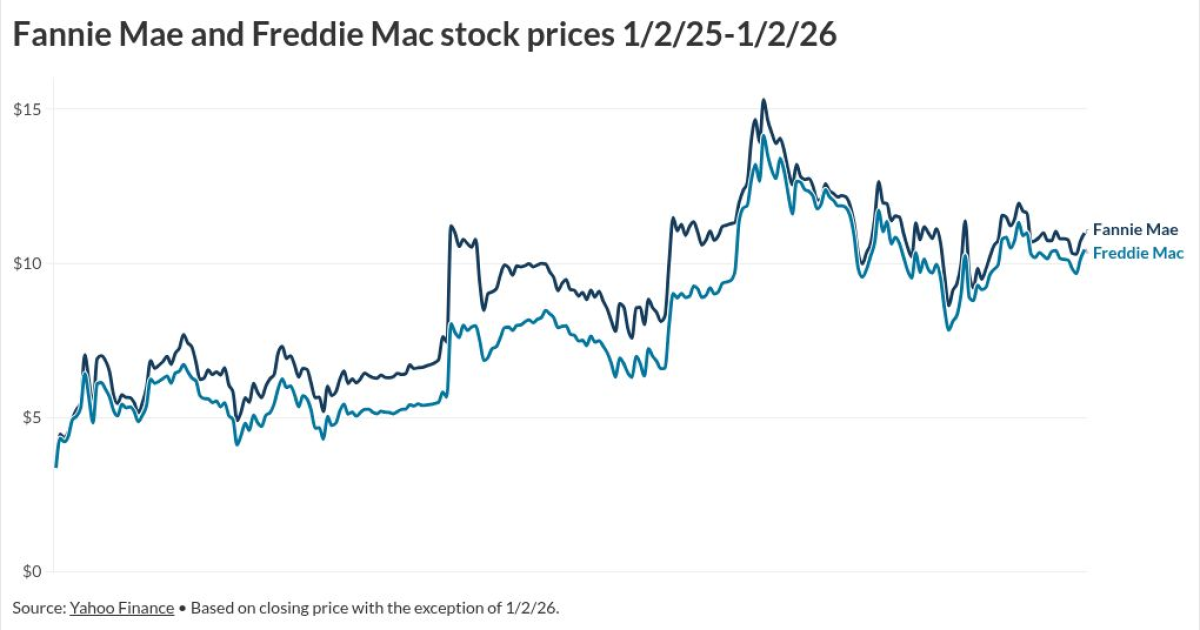
One key question emerging following a recent
A growing number of reactions to the report, which also advocates for other measures like expanded powers for the entity that regulates government-sponsored enterprises Fannie Mae and Freddie Mac, are centering on Ginnie's role in the market
"The most significant advance responsibilities that servicers have are in the Ginnie Mae program. They're much higher than Fannie and Freddie's," said
The CHLA, which was in the midst of elaborating on what's been
"FSOC is this broad agency, they're not going to focus on just this one thing, but we think they should," he said.
Other commentators like independent analyst Chris Whalen also spotlighted Ginnie as a risk-management priority because servicers' responsibility for advancing payments to mortgage securitization investors when borrowers aren't paying is greatest in that market.
"The liquidity problem discussed in the FSOC report is specific to Ginnie Mae servicing assets," said Whalen in his Institutional Risk Analyst blog. (Whalen also is a regular columnist for this publication.)
The issue is one Ginnie has long had its eye on, Sam Valverde, acting president of the government mortgage securitization guarantor, recently reminded FSOC.
"We have been raising this source of concern for over a decade," he said. "We have spent just as long deploying our existing authorities to develop a suite of risk management and oversight tools to manage these risks, but we need new authorities," he added.
Ginnie's budget and salary authorizations should be increased in line with current costs and so they're competitive with those of other agencies, Olson said, calling for an increase in its current $54 million in funding to $67 million for fiscal year 2025.
The agency could use the additional funding to oversee issuers, put issuer financing pacts in place more quickly and transfer servicing if needed, the CHLA said.
It also could expand and make permanent the temporary liquidity program available during the pandemic as recommended by the FSOC report and
That
However, there is concern that heavy advancing responsibilities could re-emerge in a market environment where this source of cash would not be available to the industry, particularly given that many borrowers have now recently refinanced at record-low rates.
While some in the industry back suggestions in the FSOC report for an expanded PTAP or a former Ginnie chief's proposal for
While the idea of expanding Ginnie's authorities is gaining momentum in the wake of the FSOC report, it ultimately depends on Congressional intervention that might not be forthcoming.
The Ginnie liquidity problem "cannot be fixed without legislation," Whalen noted.
Stock analysts at Keefe, Bruyette & Woods issued a research note on Thursday skeptical of such intervention.
"We believe that congressional action to increase regulation is very unlikely, especially because the larger nonbank servicers appear well capitalized," said Bose George and Alexander Bond, analysts at KBW, in a report.
Ginnie has issued a nonbank, risk-based capital rule for mortgage servicing rights
The rule received some pushback from mortgage firms early on, with some indicating
Ginnie has pledged to work with companies that foresee challenges on implementation.



